Another day at the top end and I think we are in real holiday mode now. It is so nice not having to pack up ready to move on each day.
Our day started out in quite a leisurely fashion, with Mick reading and me stitching another two hexy flowers. The blue thread I bought the other day looks so much better than what I was previously using.
We thought we had better do something, so went to the Aviation Museum, which is in walking distance from the caravan park. After we booked this park a few people commented that it is right opposite the airport and we will be disturbed by lots of plane noise. The thing is, that is a real novelty to us. When we booked in, the lady at reception advised that “Operation Pitch Black” would be starting soon and there will be about 24 military jets taking off each day. We thought, “Bonus”. This is a biennial multi national military training exercise. The reality is that we are camped right at the back of the park, well away from the planes. Yes, we can hear them, but we can’t see them. Once I googled it, Operation Pitch Black doesn’t start until after we have left. The airport is home to the Darwin International Airport as well as the Darwin RAAF base. There are no planes permanently stationed there, but they do come and go.
So, onto the museum…..
The first section is dedicated to the first flight from England to Australia in 1919 by brothers Ross and Keith Smith, supported by two mechanics Jim Bennett and Wally Shiers. It took them 28 days to make the flight from London to Adelaide. There was a short movie about it shown. Photographer Frank Hurley joined them at Charleville for the remainder of the flight and took footage.
I found the section of “A Typical Day” interesting.
From then on it was mainly about military planes and in particular those engaged in WWII. There was information on all the different types of planes and wreckage of several that were downed during the war years. It is interesting to see them up close. You see, the first “big book” as in novel sized book, that I read was “Reach for the Sky” about Douglas “Tin Legs” Bader, who was a fighter pilot in the English RAF during WWII. Not what a ten year old would normally start out reading, but my Dad didn’t believe in reading fiction and it was the only book I had access to.
There were a couple of really interesting “Did you Know” boards. Mick and I had only been debating, after visiting the Military Museum, why, after the initial bombing raids, the Japanese forces didn’t invade Australia.
This question was duly answered in the first board.
You don’t tend to think about what happens with the money in the banks.
We had read at the military museum about the first Japanese man to have been captured and taken as Australia’s first prisoner of war. His plane had to land on Melville Island after sustaining damage to his plane during the Darwin bombing and he was captured by the locals.
There is a section of his plane in this museum and an interesting story about him. He was transferred to the Cowra POW camp and was one of the prisoner leaders there. It was a terrible loss of face for a Japanese man to be held POW. He blew the bugle to signal the start of the breakout attempt, during which he was shot and lost a lot of blood. In the end, he borrowed a carving knife from a comrade and cut his own throat. He is buried in the Japanese Cemetery at Cowra.
The first military plane is a Tiger Moth. This was built in 1939, was mainly a training plane during the war years and then went to a South Australian flying club before being bought and flown by a Darwin man, before the museum bought it.
There were relics of the Wirraway and Boomerang planes that the RAAF used. The Wirraway were constructed from fabric over metal frames. The Wirraway was mainly used for training. We saw one fly at Temora Aviation Museum once.
The Kittyhawk was the main fighter plane at Australia’s disposal at the time of the bombing of Darwin. They were grossly unprepared, with several planes located too far south to be of assistance and several at Darwin out of service. It was quite a wake up call.
There is a good example of nose art on display. This was a feature to personalise many of the planes.
No aviation museum would be complete without a Spitfire, with its distinctive front end. However, this is a replica. I believe there are only two in Australia, both at the Temora Aviation Museum. We saw them on a fly day some years ago.
One of the main exhibits is a F-111C. These came into service in 1973 and were the fastest longest-range combat aircraft in Southeast Asia. They never saw combat. They were a favourite at air shows, as they could dump and burn fuel creating a tail of fire. Finally, in 2010 they were retired from service.
The CA-27 Sabre intrigued me. They came into service in 1955 and were retired in 1971. What caught my attention?
They are hollow! Quite the opposite to the needle nose of the F-111.
This is a F-18 Hornet. It is about to undergo restoration/conservation.
The centrepiece of the museum is a Boeing B-52 Stratafortress Bomber. It overshadows everything else on display, with several other planes entirely under its wings.
The hanger was specially built to house it, being made wide enough to it accommodate its huge wingspan. The tail of the plane can fold down, which allowed it to come through the doors, before being stood up again.
This plane was built in 1959 and was provided on permanent loan from the US Government in 1990. There are no bomb racks and the barrels have been removed from the machine guns. These changes indicate that it is a gift of peace. A plaque inside states “rest in peace”.
You could have a look inside the cockpit by climbing these old Ansett Airlines aircraft boarding stairs.
There were still no creature comforts. There was a short video about them and former pilots said they were a very difficult plane to fly, but it was with a great sense of achievement when they did.
Underneath the wing of the B52 there were a couple of ultralight planes and a gyrocopter. Boy, you would have to be game to fly them. You are so exposed. The ultralights were powered by a lawn mower engine.
By then, we had spent over two hours wandering around, so it was time to head back home. When we went outside we heard an almighty roar, then another, then another. It was fighter jets taking off. We could just catch a glimpse of them. Then four more slowly taxied into view and stopped. Before long a small Cessna type plane landed on the runway. Shortly after, those four fighter jets took off with those almighty roars. I had a little google and they were F-35A Lighting II, Australia’s first fifth-generation air combat capability, coming into service in 2018.
It amused us that the same runway is used by both types of planes and that the fastest fighter jets we have still have to wait for a small single engine plane to land.
Shortly afterwards, we saw a weird plane that had two rotors on its wings. Once again a little google was required. They are a Bell V-22 Osprey.
They are not RAAF but part of the US Navy. (I’ve borrowed this photo.)
In the afternoon we went and washed the ute. It really needed it.
And to finish off, the moon was really unusual with funny little clouds. It looked like we were seeing it through wavy glass.
The highlight of the day for Mick was the ultralight planes and for me it was getting two more hexy flowers stitched, with better matching thread.



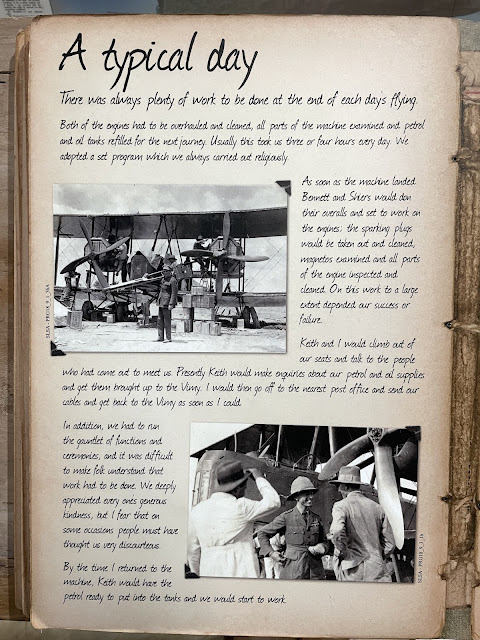

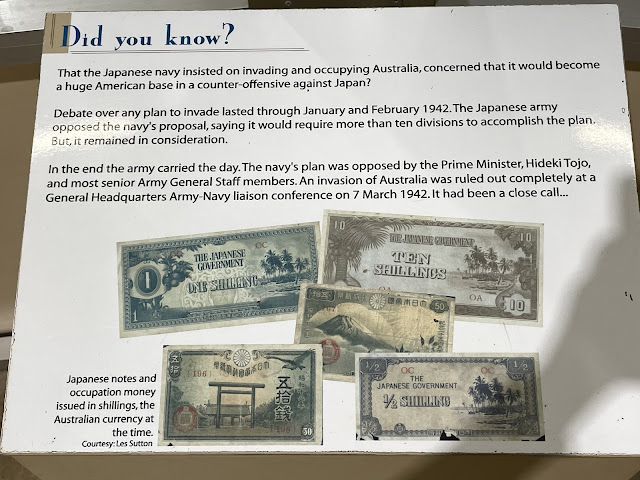

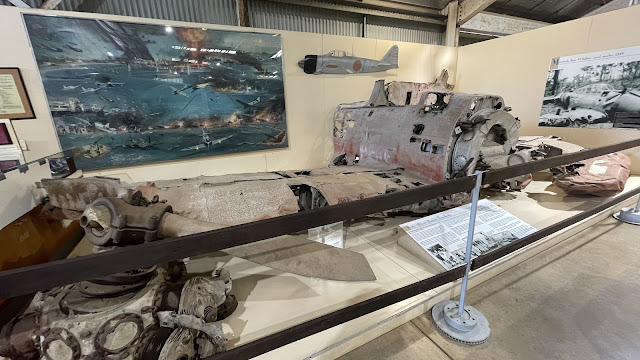




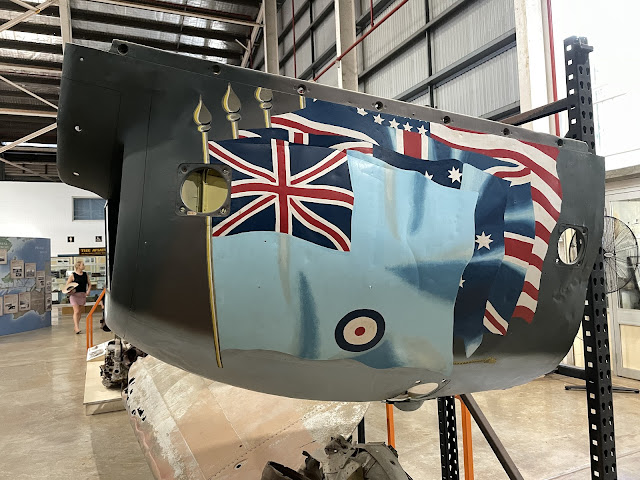










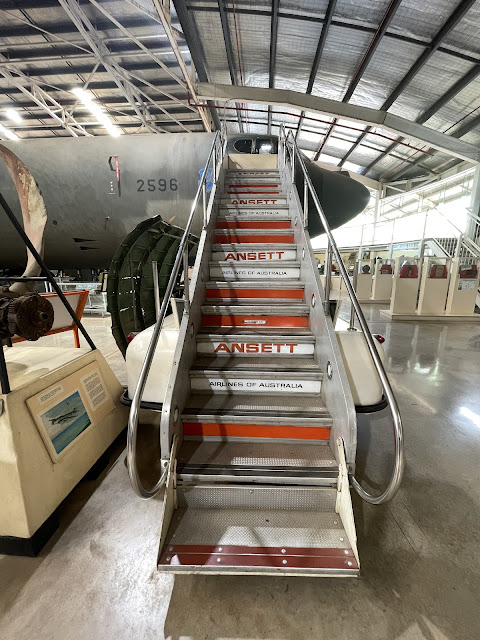









Janice you do so well telling the history of your travels. You google them and share the info. Well done to you both and travel safe.
ReplyDeleteFascinating place to visit and interesting to see all those different planes.
ReplyDeletePretty hexies you have sewn in between all your sightseeing.
ReplyDeleteWhat an amazing place
ReplyDeleteGreat place, thank you for the tour.
ReplyDeleteThankyou for more Australian history that I knew nothing about.
ReplyDelete